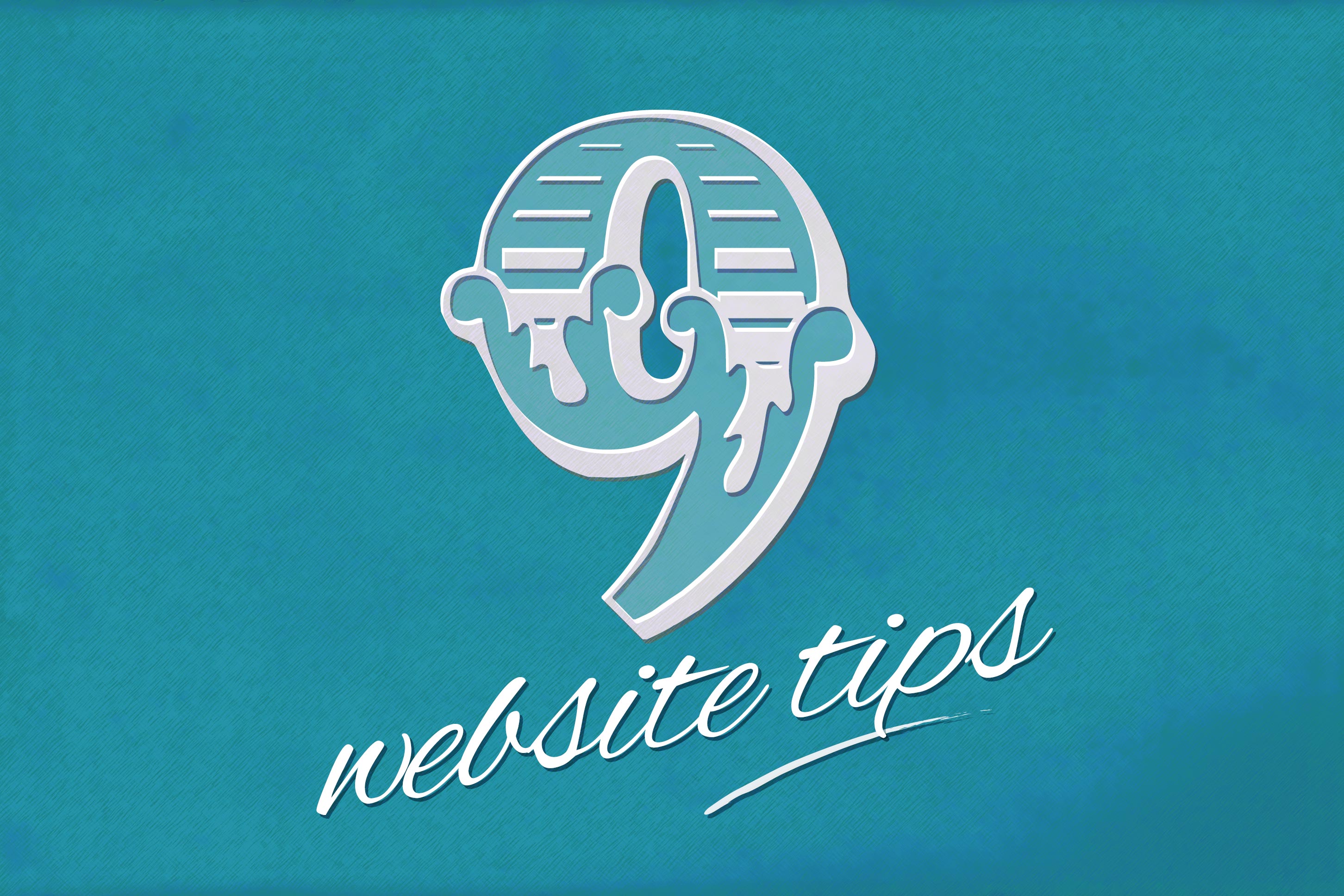How to plan and build a DIY website for your new business
Want to get your business online but don’t have a large budget? Find out how to plan and build a DIY website for your new business.
The days when building a website felt like a dark art, restricted to only the most technically-minded people, are long gone. While more complex websites still require a specialist digital designer and developer, today almost anyone can build a basic business website using simple online tools.
If you just need a website to get your business off the ground, many recognised domain name providers also offer easy-to-use website building tools and templates, which you can edit to suit your specific needs.
Also, there are other options for building and designing websites like Wix and WordPress. There are plenty of reviews online which discuss both platforms, like this makeawebsitehub review, for example, which reviews Wix. Take a look at different reviews first before you choose a specific platform, as you want to make sure you choose the right platform for you.
How to build a website for your new business
So don’t let the idea of building your own website intimidate you! To help you get started, here are some basic guidelines to make sure your business is accurately represented online.
1) Researching and planning your business website
However keen you may be to get your business going, don’t rush your website. If you do, you risk having something live that is missing elements or doesn’t look quite like you want it to. And ultimately this will impact on your brand and what you are trying to achieve.
The best way to start is to jot down everything you have seen on other websites that you like (this can be competitors’ websites, or sites you regularly visit or just like). Try to work out exactly what you like about them. For example:
- The design layout.
- How the structure works.
- How the pages are navigated.
- The images they use.
- The colours.
- The tone and content.
You can also use this opportunity to question:
- What information do you want to include?
- Where do you see your business going in the future, and how will your website respond to this?
- If you have a shop, what are the best bits of the online shops you have used?
Take all this information and start building a spider chart or flow diagram outlining the potential website structure and content. This will make it easier to envisage how your site will map out and help with building the pages.
2) Getting the right domain name
At the same time you should be thinking about the best domain name for your business. It needs to be reflect your business name and be available. (You can check domain name availability through a number of popular domain name websites including the domain search tool on theukdomain.uk.)
Fortunately, there are an abundance of domain names available. The new shortened .uk domain is especially popular with UK businesses wanting shorter, simpler and more memorable domain name extensions.
The benefits of this also means the UK is now in line with other countries such as France (.fr) and Germany (.de) that have already done away with the requirement for second-level domains. It may be subtle, but these little things make a big difference to perception, particularly when you only have seconds to engage with your target audience when they are looking online.
Search for a domain for your website now
3) Building your new business website
At every stage of your website planning and build process, you need to think about what you want your visitor to experience on your site.
So carefully plan their potential journey, keeping it simple and interesting. Where do they want to go? What information do they need? Include engaging imagery which gives them an essence and feeling for your business.
It’s also important to ensure there is a clear call to action – this could be a phone number, an email address or a contact form. Whatever your call to action is, make sure it is prominent and easy to use.
With the increased viewing of websites on mobiles and tablets, you also need to bear in mind how your website is viewed on these devices. In web technology, this is about making sure your site is responsive – able to adapt to the screen size and potentially stacks navigation rather than having it running across the top.
Again, many website builder tools such as those at webdesignbooth.com offer this naturally as part of their service. (But don’t just assume that because it is responsive that it automatically views how you would like it to!)
4) Testing your new website
Lastly but essentially, before you start sending customers to your new website, you need to test it extensively. And not just that all links and technology work, but also that the user journey makes sense, and that people think, feel and act in the way you intend.
So, once you are happy with your website, ask family and friends to use it. Ask them to find a specific product or a certain piece of information, and monitor how they go about it and understand what their thoughts are. You might be quite intrigued by what this reveals!
Don’t be afraid to spend time testing and adjusting your website as a result. Waiting a couple more weeks now to get your site live, can save you a fortune in missed sales and opportunities because your site doesn’t work properly, or is too confusing.
This is a sponsored article.










